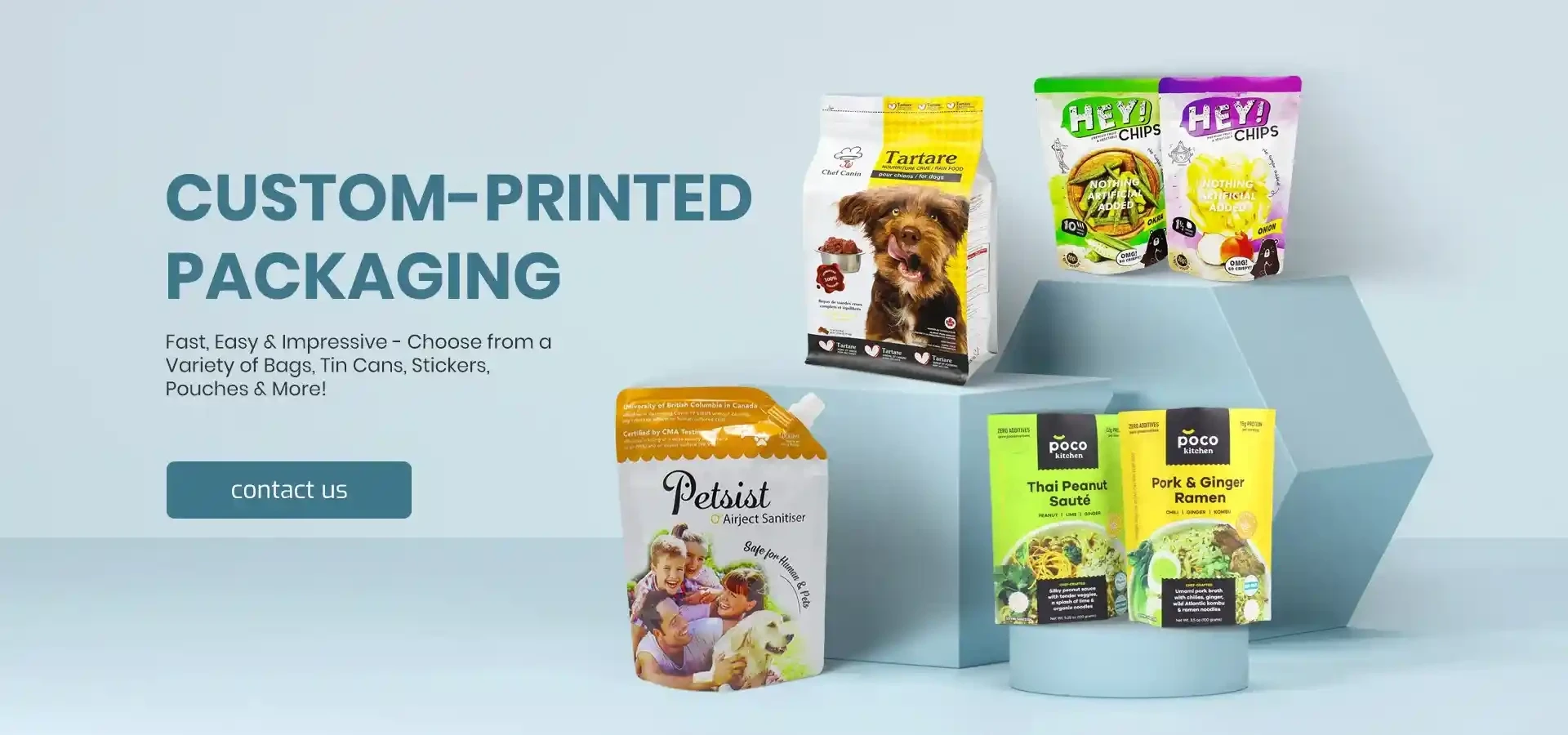- Afrikaans
- Albanian
- Amharic
- Arabic
- Armenian
- Azerbaijani
- Basque
- Belarusian
- Bengali
- Bosnian
- Bulgarian
- Catalan
- Cebuano
- chinese_simplified
- chinese_traditional
- Corsican
- Croatian
- Czech
- Danish
- Dutch
- English
- Esperanto
- Estonian
- Finnish
- French
- Frisian
- Galician
- Georgian
- German
- Greek
- Gujarati
- haitian_creole
- hausa
- hawaiian
- Hebrew
- Hindi
- Miao
- Hungarian
- Icelandic
- igbo
- Indonesian
- irish
- Italian
- Japanese
- Javanese
- Kannada
- kazakh
- Khmer
- Rwandese
- Korean
- Kurdish
- Kyrgyz
- Lao
- Latin
- Latvian
- Lithuanian
- Luxembourgish
- Macedonian
- Malgashi
- Malay
- Malayalam
- Maltese
- Maori
- Marathi
- Mongolian
- Myanmar
- Nepali
- Norwegian
- Norwegian
- Occitan
- Pashto
- Persian
- Polish
- Portuguese
- Punjabi
- Romanian
- Russian
- Samoan
- scottish-gaelic
- Serbian
- Sesotho
- Shona
- Sindhi
- Sinhala
- Slovak
- Slovenian
- Somali
- Spanish
- Sundanese
- Swahili
- Swedish
- Tagalog
- Tajik
- Tamil
- Tatar
- Telugu
- Thai
- Turkish
- Turkmen
- Ukrainian
- Urdu
- Uighur
- Uzbek
- Vietnamese
- Welsh
- Bantu
- Yiddish
- Yoruba
- Zulu
polypropylene packaging
The Significance of Polypropylene Packaging in Modern Industry
Polypropylene (PP) packaging has become an integral part of various industries, thanks to its versatility, durability, and cost-effectiveness. As the demand for efficient packaging solutions continues to rise, polypropylene has emerged as one of the most favored materials among manufacturers and consumers alike. This article explores the benefits, applications, and environmental considerations of polypropylene packaging.
Advantages of Polypropylene Packaging
One of the primary advantages of polypropylene packaging is its durability. PP is known for its high resistance to moisture, chemicals, and temperature changes, making it a suitable choice for a wide range of products. This resilience ensures that items contained within the packaging remain protected during transportation and storage, thereby reducing spoilage and waste. Additionally, polypropylene is lightweight yet strong, which contributes to easier handling and lower shipping costs.
Another significant benefit of polypropylene is its recyclability. As environmental awareness grows, the demand for sustainable packaging solutions has become more pressing. Polypropylene can be recycled multiple times without losing its integrity, making it an attractive alternative to single-use plastics. Many municipalities have started to develop systems for recycling PP packaging, further promoting a circular economy.
Moreover, polypropylene packaging can be customized in various ways. Manufacturers can produce PP films, bags, containers, and boxes in different shapes, sizes, and colors to meet specific branding and marketing needs. This flexibility allows companies to distinguish their products on the shelf while also providing consumers with convenient packaging options. Additionally, advances in printing technology have enabled high-quality graphics and branding on polypropylene products, enhancing the visual appeal and marketability.
Applications in Various Industries
Polypropylene packaging finds applications across multiple sectors, including food and beverage, pharmaceuticals, and consumer goods. In the food industry, PP is widely used for containers, wrappers, and films due to its ability to maintain product freshness and integrity. Its moisture barrier properties help extend the shelf life of perishable goods, making it a popular choice for packaging snacks, frozen foods, and prepared meals.
polypropylene packaging

In the pharmaceutical sector, polypropylene is used for blister packaging, bottles, and vials. Its chemical resistance ensures that medications remain uncontaminated, while its clarity allows for easy visibility of the product inside. Furthermore, the safety and compliance features associated with polypropylene make it an ideal choice for packaging sensitive medical products.
The consumer goods industry also benefits from polypropylene packaging. Items such as cosmetics, cleaning products, and household items utilize PP for its strength and visual appeal. The lightweight nature of polypropylene packaging helps reduce shipping costs, making it favorable for suppliers and retailers alike.
Environmental Considerations
Despite its advantages, the environmental impact of polypropylene packaging cannot be overlooked. While it is recyclable, improper disposal often leads to plastic waste in landfills and oceans. To mitigate this issue, consumers and manufacturers need to promote responsible recycling practices. Educating the public about the recyclability of polypropylene and creating accessible recycling programs can significantly reduce its environmental footprint.
In response to environmental concerns, some companies are actively investing in biodegradable alternatives or incorporating recycled materials into their polypropylene products. This approach not only addresses sustainability issues but also caters to the increasing consumer demand for eco-friendly packaging solutions.
Conclusion
Polypropylene packaging plays a pivotal role in modern manufacturing and retailing by providing a versatile, durable, and cost-effective solution for various needs. Its widespread applications across numerous industries underscore its importance in ensuring product safety and enhancing consumer experience. While environmental issues related to plastic pollution persist, embracing recycling practices and investing in sustainable alternatives will help balance the benefits of polypropylene packaging with the necessity of protecting our planet. As we look to the future, the ongoing innovation in packaging materials and processes will likely ensure that polypropylene remains an essential component of the packaging landscape.













